When the Germans over-ran France in the wake of the invasion of May 1940, it is said that one of the spoils of war was around two million 'bomblets' . This presented them with an intriguing, if positive problem; namely what to actually do with their newly-found munitions. Already in the inventory were the Butterfly and Incendiary Bombs, both of which were delivered to the battlefield via an airdrop by the Luftwaffe, in large canisters. Prior to the arrival of the SD-1 Splitterbombe, the regular means of rendering an airfield inoperable was by either the use of regular bombing and/or strafing with machine gun fire. The SD-1 was the world's first tactical cluster bomb. Each canister was packed with a number of individual bomblets; the canisters were shaped like a standard high-explosive bomb and could therefore be carried in quantity by a regular bomber aircraft, or on racks under the wings. Fitted with a timed fuse, the canister would detonate above the ground, spreading its contents over a reasonably wide area and creating more damage than would be possible with a standard higher explosive content single bomb.
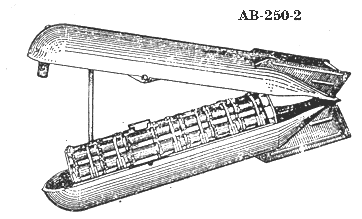

View of complete canister, closed minus the fuse.
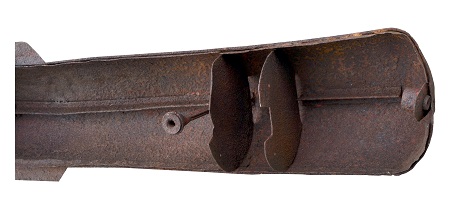

While available in the German inventory during the time of the Battle of Britain, the earliest confirmed use of the SD-1 over a single location in the United Kingdom appears to be in 1941. During the later years of the war, their use is recorded as being more widespread, although still not being deployed in anything approaching the same levels as on the Eastern Front. Our example was recovered from Poland.

View of complete canister, closed minus the fuse.

Top and bottom, the inside front of the canister. The division plates form a protective area for the fuse and deployment charge. Additional plates were attached at either end via rods to create the stowage area for the bomblets.
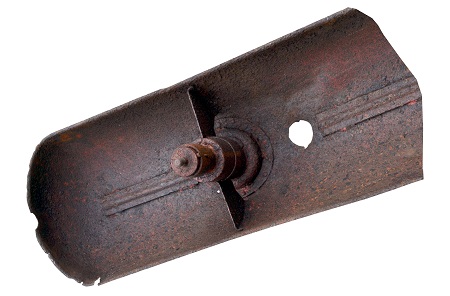
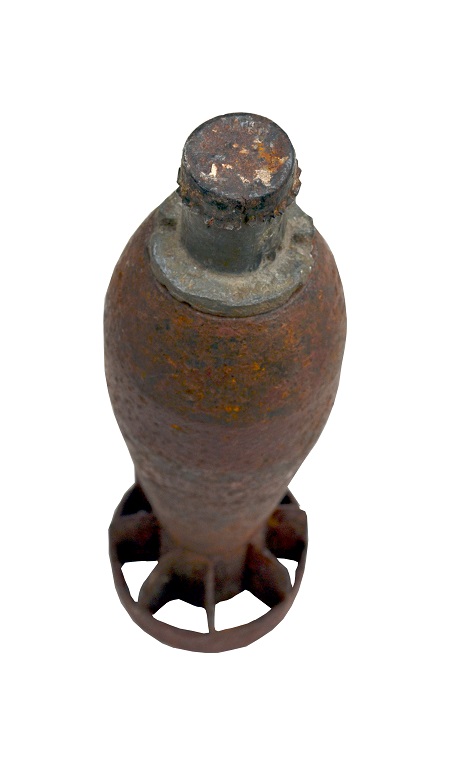 Top and bottom, single SD-1 bomblet.
Top and bottom, single SD-1 bomblet.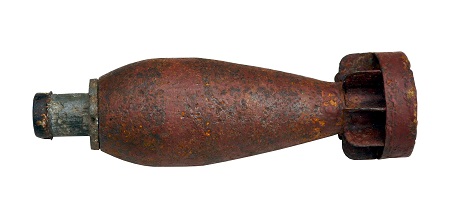

Close detail of the detonator

Example of a Smoke Bomblet.

Example of a Smoke Bomblet.
